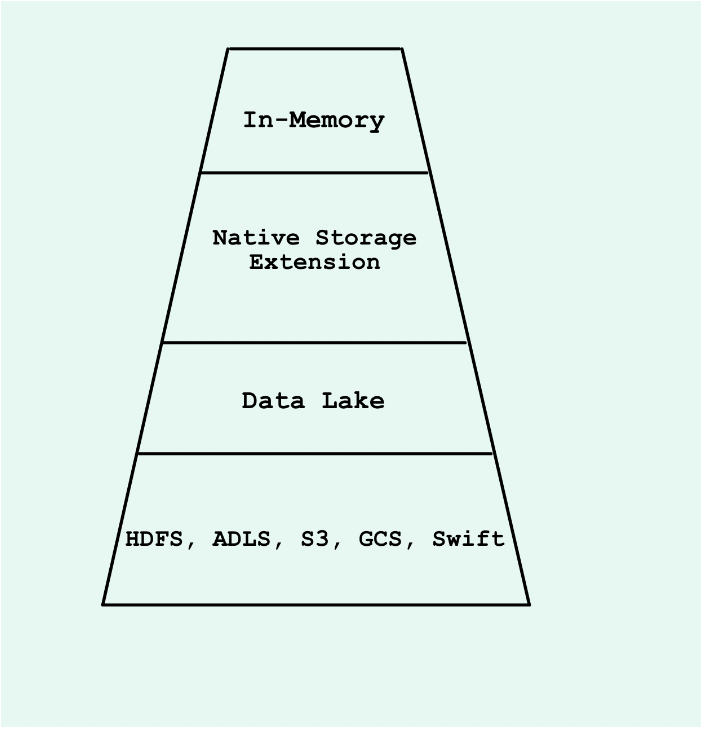SAP HANA Cloud is a cloud-based platform provided by SAP Business Technology Platform (BTP), which enables the various types of data stored in the HANA Database in real-time and in the cloud. In this blog, I will discuss the architecture and the benefits of using SAP HANA Cloud.
Why SAP HANA Cloud?
Since there is an explosion of data in many formats, such as images, IoT documents, etc., companies need to gather, manage, organize, and bring insights into these data. Since there is a lot of data flowing happening at the same time, the operations and processing can get slower.
Therefore, to minimize the time consumption in organizing or understanding the data, there needs to be a single point where the customers and stakeholders can access the data in real-time.
Benefits of SAP HANA Cloud
- Cost Minimization
The cost of installation, maintenance, and upgrade can be avoided, and the cost of servers and leasing equipment can be reduced.
- Automatic Scaling of Resources
It offers Elastic Cloud Scaling Capacity, where it automatically scales up when there are peak loads for a particular time and also scales down when there is a minimal load. Through this, the usage of the infrastructure will be efficient.
- Strong Security
It offers Stronger Security and Connectivity by providing data encryption, data privacy and authentication, and user management. It also provides Strong Security both on-premise and for the Cloud.
- Flexible with all the other applications
SAP HANA Cloud runs on HANA Engine and supports OLAP, OLTP, and SQL. All the third-party applications like SAP Analytics Cloud and SAP Data Warehouse will communicate with HANA for data.

There are multiple components in SAP HANA architecture; in the In-Memory stage, all the hot (high-demand) data will be stored. The data that is in less demand is stored in the native storage Extension and not in the in-memory section. To keep the cold data, there is a solution called a data lake where all the structured, semi-structured, and unstructured data is stored.
The amount of data decreases as you go down the components, but the performance increases the most demand data is stored in the topmost layer.
Features of SAP HANA Cloud
- In-memory computing
In HANA, all data that is required immediately, which the end user is currently, is stored in the in-memory region. Therefore, there is less movement of data, which makes the loading and operation of data much faster.
- Columnar DB
In HANA, data is stored in column format, which becomes more effective than storing the data in row format for reading capability. It also supports row format, which helps writing. With both these formats, it supports OLTP and OLAP.
- Application development
In the Sap HANA Cloud, the application can be deployed on either the Cloud or on-premise. Various tools like GIT, GitHub, and BAS can be used. It also supports multiple languages like Python, JavaScript, and node.js. Responsive applications using SAP Fiori can also be developed.
- Security
While migrating our data into the Cloud, the security of the data plays an important role. SAP HANA Cloud ensures the data is secured by approaches such as single authorization. All the data in the SAP HANA Cloud central cockpit is secured by providing complete data encryption.
- Multi-tier Storage
HANA has integrated multi-tier storage where the performance, cost, accessibility, and data efficiency can be controlled effectively in the Cloud through a highly scalable data lake.
As discussed above, SAP HANA Cloud is a platform where the data can be integrated into different platforms, and also, due to its advanced features, it can be widely used in various use cases. It also improves flexibility, application development, and optimized performance.
View our LinkedIn, here.